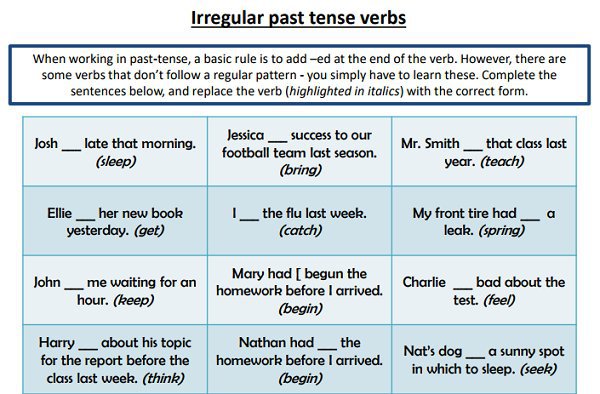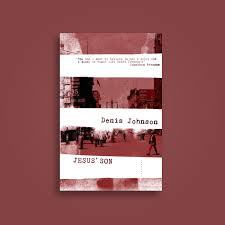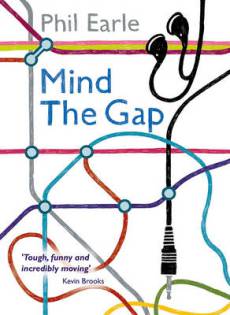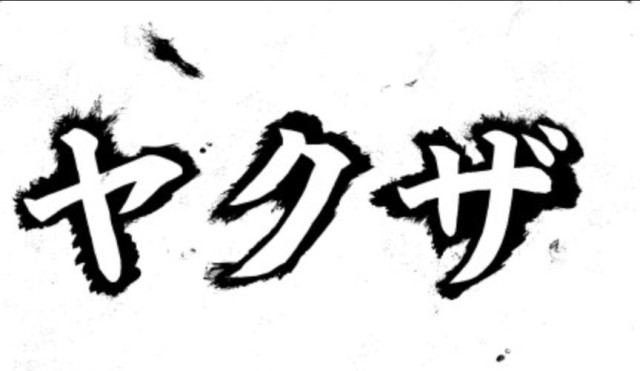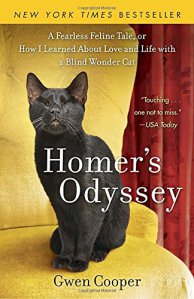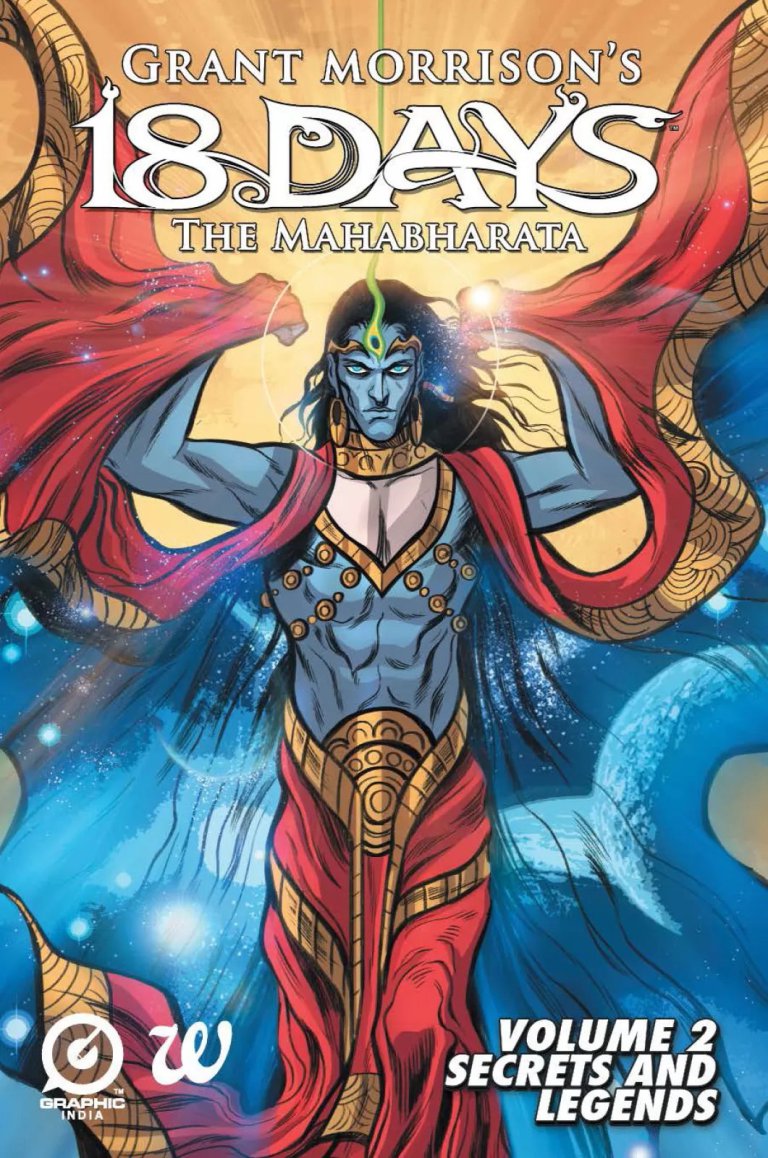Download links for: The Woman Who Would Be King: Hatshepsut's Rise to Power in Ancient Egypt


Reviews (see all)
Write review
Readable biographies are the best kinds of biographies. History books need more Kara Cooneys.
a great history of hatshepsut. i enjoy anything with the ancient egypt
Review forthcoming.
Review to follow
coming soon.
Other books by Nonfiction
Related articles




